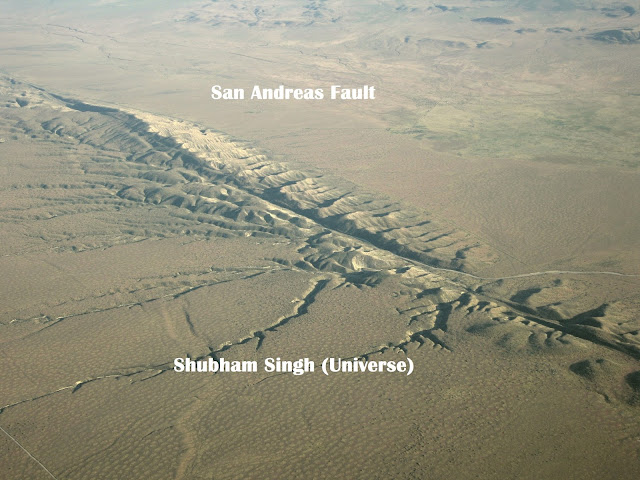THE
EARTH'S CRUST IS THE SOLID outer shell of
the Earth. It includes continental crust (about 40 kilometres thick) and oceanic crust (about six kilometres thick). The crust and the toopmost layer of the mantle from the lithosphere. The lithosphere consists of semi-rigid plates that move relative to each other on the underlying asthenosphere (a partly molten layer of the mantle).
 |
| Features of Plate movements |
This process is known as
Plate tectonics and helps explain continental drift. Where two plates move apart, there are rifts in the crust. In mid-ocean, this movement results in sea-floor spreading and the formation of ocean ridges; on continents; crustal spreading can form rift valleys.
 |
| Major Plates of the Earth's crust |
When plates move towards each other, one may be subducted beneath (forced under) the other. In mid-ocean, this causes ocean trenches, seismic activity, and arcs of volcanic islands. Where oceanic crust is subducted beneath continental crust or where continents collide, land may be uplifted and mountains are formed.
Plates may also slide past each other - along
San Andreas fault, for example.
 |
| San Andreas Fault |
Crystal movement on continents may result in earthquakes, while movement under the seabed can lead to tidal waves.
Movement of Land along Oceanic ridges
- Straight Oceanic Ridge:- Land moves apart at a constant rate, perpendicular to ridge.
- Curved Oceanic Ridge:- Land moves apart at a constant rate, perpendicular to curve.
- Stresses resolve into sections:- Staggered parallel ridges sections take shape of curve.



No comments:
Post a Comment
Let me know guys what you think about this.